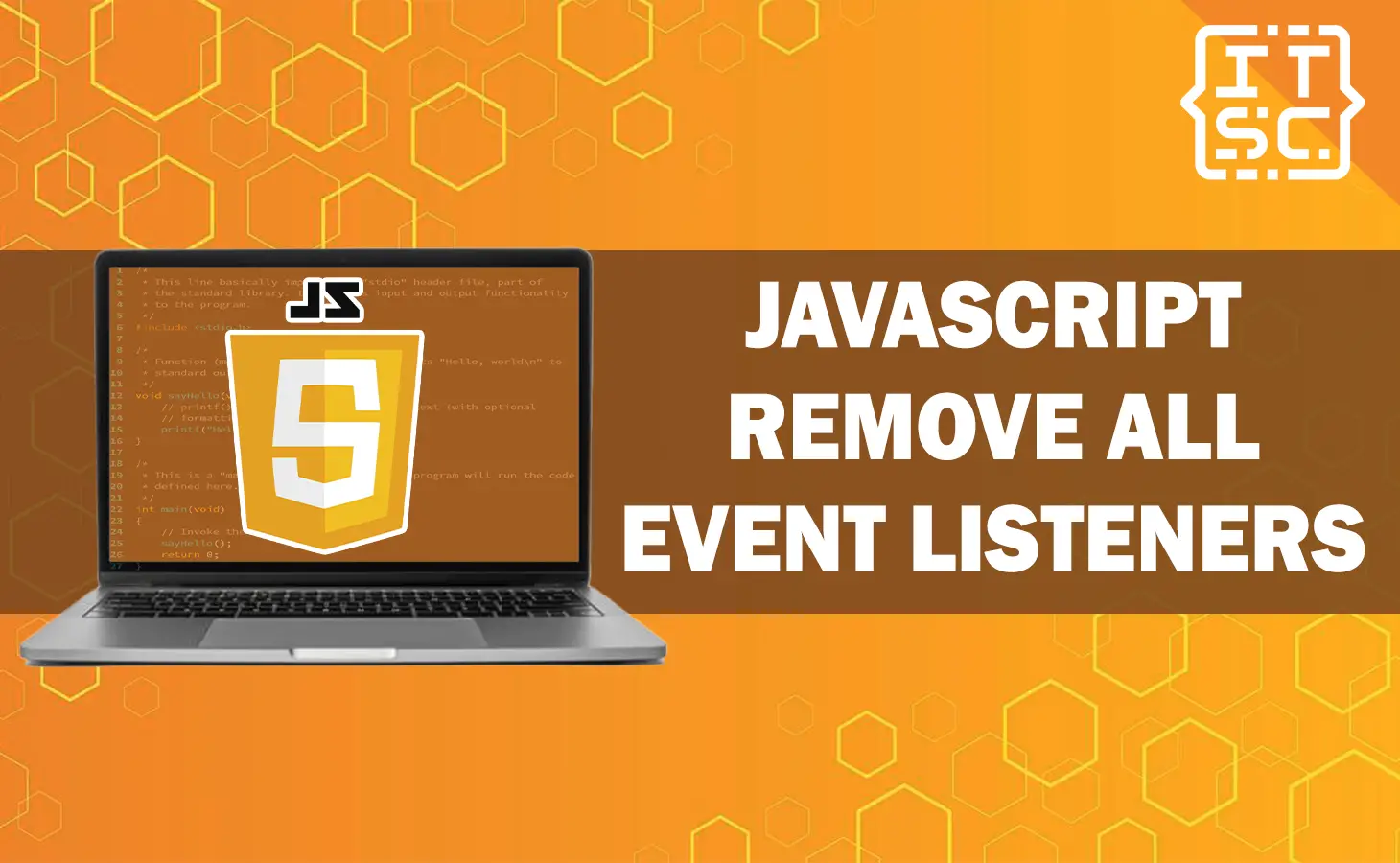JavaScript has become an integral part of web development, wherein it enables dynamic and interactive user experiences.
Hence, Event listeners play a crucial role in responding to user actions on web pages.
However, there are situations where you might need to remove all event listeners associated with a particular element.
Whether you’re optimizing performance or dynamically modifying your webpage, this guide will walk you through the process of removing event listeners in JavaScript.
JavaScript Remove All Event Listeners: Why and When?
Removing event listeners becomes essential when you want to optimize your web application’s performance or prevent potential memory leaks.
When an event listener is attached to an element, it creates a reference to the associated function, which prevents the browser’s garbage collector from cleaning up memory. If not managed properly, this can lead to memory leaks over time.
How to Removing Event Listeners
Removing event listeners requires careful implementation to ensure that they are detached correctly.
Here’s a step-by-step guide to help you navigate the process effectively:
Identify the target Element
The first step to remove event element listeners is to identify the target element. This is the HTML element to which the event listeners are attached.
Additionally, you can use the method like document.querySelector or document.getElementById to select the element by its CSS selector or ID.
Storing Event Listeners
To remove event listeners you need to have references to them. When adding event listeners it’s a good practice to store those references in variables.
In addition, it makes it easier to remove the listeners later.
For instance:
const button = document.querySelector('#myButton');
const clickHandler = () => {
// Event handling code
};
button.addEventListener('click', clickHandler);Removing Individual Event Listeners
If you want to remove a specific event listener, you can use the removeEventListener method.
This method requires the same type of event and the same event handler function that you used while adding the listener.
button.removeEventListener('click', clickHandler);Removing All Event Listeners
Now, let’s get to the heart of the matter—removing all event listeners from an element.
To achieve this, you’ll need to clone the element. The cloned element won’t carry over any event listeners from the original element.
const clonedButton = button.cloneNode(true);
button.parentNode.replaceChild(clonedButton, button);Benefits of Removing Event Listeners
Improved Performance:
Event listeners consume memory and processing power. By removing unnecessary listeners, you can enhance the performance of your web page.
Preventing Memory Leaks:
Event listeners can lead to memory leaks if not properly managed, as they can prevent the associated objects from being garbage-collected.
Dynamic UI Modifications:
When you’re dynamically updating your web page, removing event listeners ensures that you’re not accidentally attaching duplicate listeners to elements.
Common Mistakes to Avoid
Forgetting to Remove Listeners:
Failing to remove event listeners when they’re no longer needed can lead to unexpected behavior and performance issues.
Incorrect Event Types:
Ensure that you’re using the correct event type while adding and removing listeners.
Anonymous Functions:
Using anonymous functions as event handlers can make it challenging to remove the listeners later. Opt for named functions instead.
Nevertheless, to enhance your JavaScript skills here are the following functions you can consider learning:
Conclusion
Managing event listeners is a crucial aspect of web development, ensuring your web pages respond correctly to user interactions.
Whether you’re optimizing performance or dynamically modifying your page, knowing how to remove event listeners in JavaScript is a valuable skill.
By following the steps outlined in this guide and avoiding common pitfalls, you can confidently handle event listeners and create seamless user experiences.

